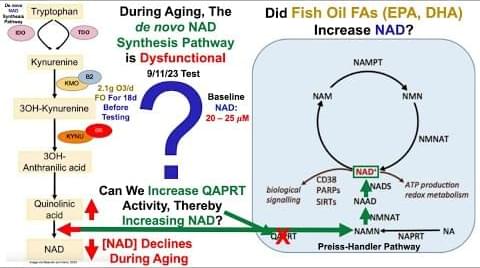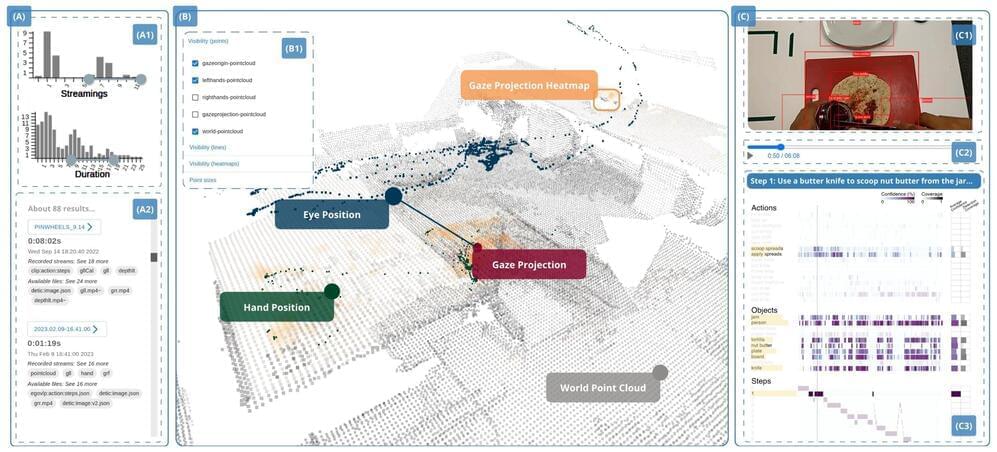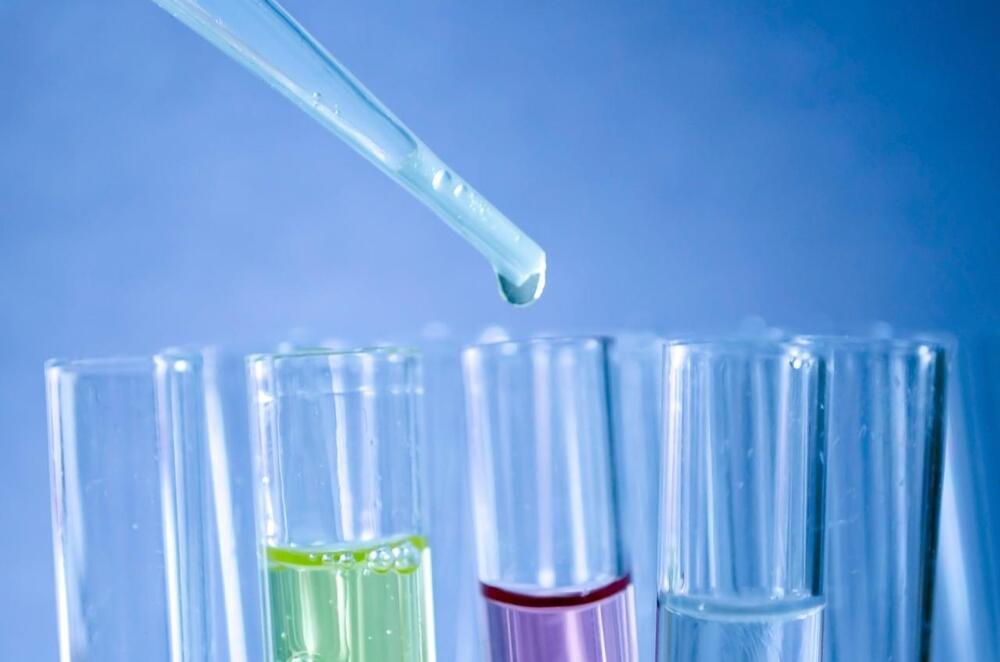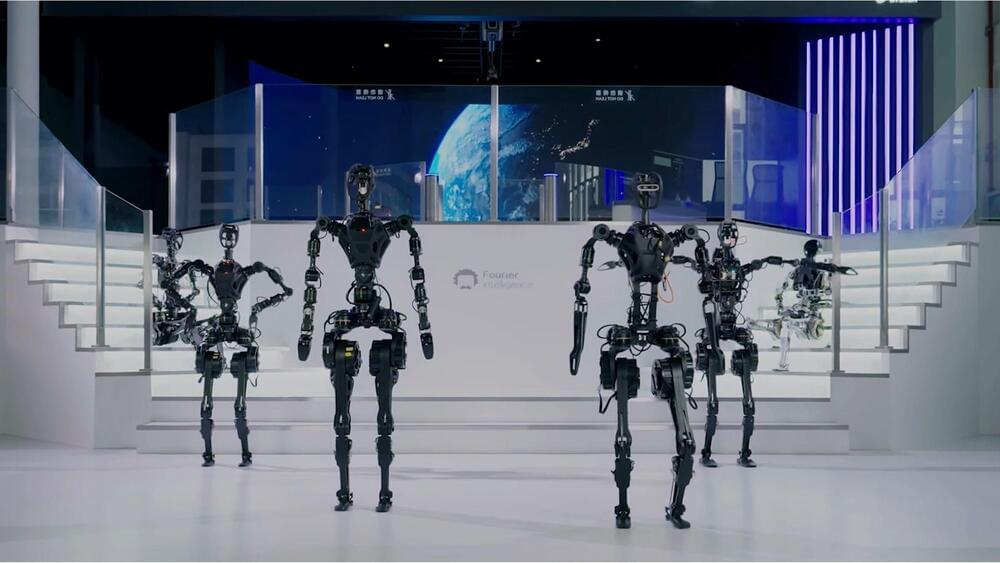Sep 29, 2023
New scooter battery can charge in 5 minutes. Can it transform electric cars?
Posted by Shailesh Prasad in categories: chemistry, computing, mobile phones, nanotechnology, sustainability, transportation
Most of today’s EVs use lithium-ion batteries, the same kind you’ll find in your smartphone or laptop. These batteries all have two electrodes (one positive and one negative), and the negative one is usually made of graphite.
While the battery is being charged, the lithium ions flow from the side of the battery with the positive electrode to the side with the negative electrode. If the charging happens too fast, the flow can be disrupted, causing the battery to short circuit.
StoreDot’s EV battery replaces the graphite electrode with one made from nanoparticles based on the chemical element germanium — this allows the ions to flow more smoothly and quickly, enabling a faster charge.


















